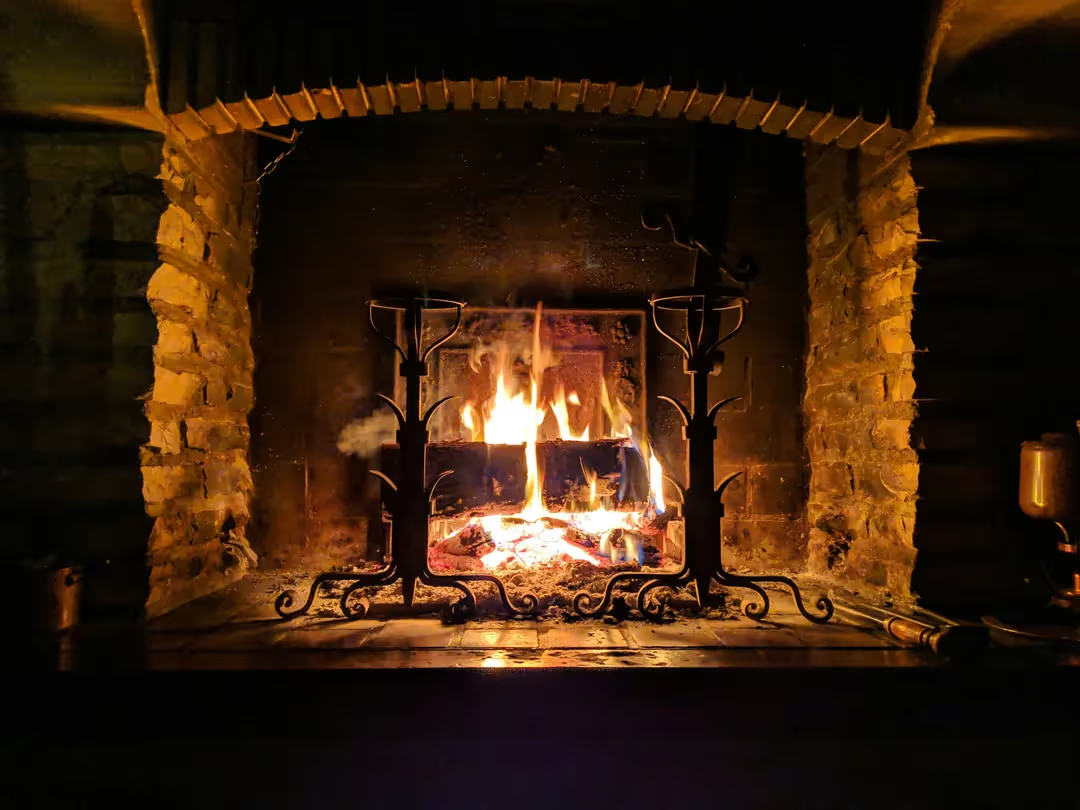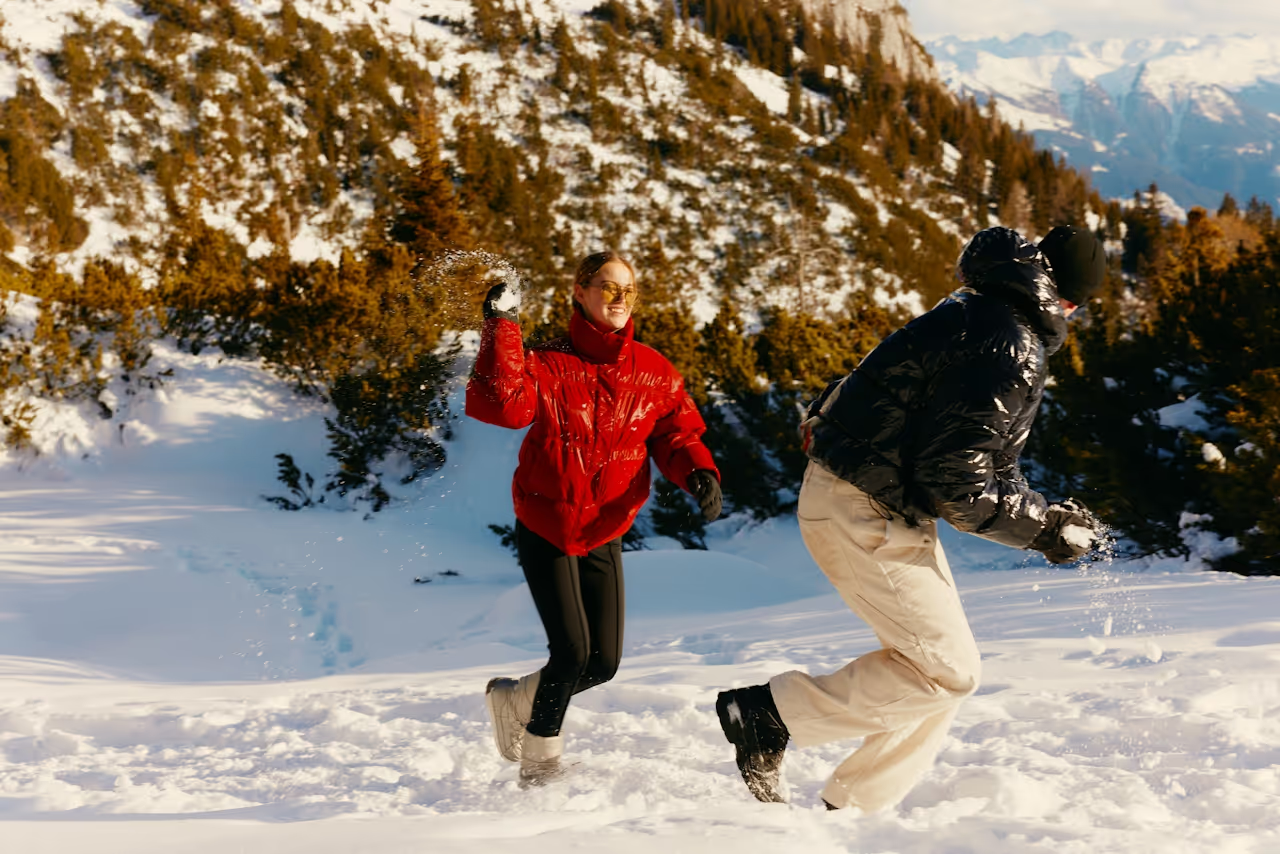His journey from a young boy in Saint Jacques to a seasoned guide and refuge manager is filled with rich experiences and a profound love for the alpine landscape.
We chatted with him about the changes in the evolving landscape, his path to becoming a guide, the challenges and joys of managing a mountain refuge, and his enduring love for the mountains.
Q: How has the landscape changed over the years?
A: The cable cars in Champoluc date back to the 1960s- I remember watching them being built. Back then, the villages were very isolated, with everyone mostly staying within their own little village. I still remember that in winter, we would walk from Saint Jacques to Champoluc on a dirt road covered with snow to catch the bus that left in the morning and returned at 8 in the evening. It feels like another era now; so much has changed. When I was little, Saint Jacques had everything; it was a micro-system. Today, in 2024, to buy bread or necessities, you have to go to Champoluc.
Q: How did you become an alpine guide? How did it all start?
A: My grandfather, Frachey Silvèn Amilio, was the only one in his family not to leave for America in the early 1900s.
Instead, he enlisted in the First World War, married, and had many adventures. Although he was an experienced alpine guide, my grandfather was too old for me, so I started working with my father's two cousins in Blanchard, a small village above Saint Jacques.
I started helping them with their clients. I completed my aspirant guide course in 1969 when I was 19. At that time, the course was mainly attended by locals, unlike today, when there are many participants from outside the area.
In 1975, at the age of 25, I took the guide course. I don't remember my first outing with clients, but I must have been very excited. I worked as a guide from 1969 to about 1987 and was president of the Ayas Guide Society from 1975 to 2016. I was also an active member of the Aosta Valley Mountain Rescue.
I started with the first helicopters and carried out many rescues, some of them were very difficult. I remember some rescues vividly, while others have faded over time. When you do this job, you learn to live in a bubble.
Q: How did you end up managing the Quintino Sella refuge?
A: I have been visiting the refuge since I was a boy, intending to become a guide.
In the summer, I worked as a porter for Quintino Sella. Every 10 to 15 days I carried supplies up to the so-called "mule hut" (the point where the mules could go when there was snow).
I did the Saint Jacques to Sella in 4.5 hours—athlete’s time!
Years later, in June 1987, I started managing the refuge alongside Adriano Favre and his wife, Liliana Pession, after winning a bid to take over from the previous manager from the Gressoney Valley.
Q: And what is it like?
A: As a refuge manager, I've always enjoyed my job. It comes with a lot of responsibilities, but it's a magnificent experience. In a way, it's like being on a ship, and as a manager, you're like the captain - you have to be resourceful and prepared to deal with any major problems. I've always done everything, except cook!
There's a funny story about the previous refuge manager, Camillo, and his wife, Matilde. When the first phones were installed in the early 1970s, people didn't book their stays in advance like they do today. Sometimes only a few people would show up, but other times as many as 200 arrived.
People would sleep everywhere, on the floor, on tables, just to have shelter. To prepare for the influx of people, Camillo would use binoculars to look at the crest and estimate how many people were coming. If a lot of people were on their way, he would return to the refuge and tell his wife, who was in the kitchen making soup, "Matilde, giunta acqua che arriva gente!" which meant "Matilde, add water because people are coming!" She would then stretch the soup with water to make it enough for everyone.

.avif)

.avif)


.avif)


.avif)
.avif)




.avif)